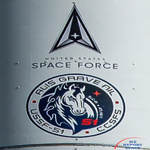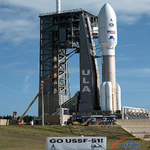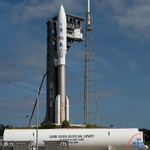KENNEDY SPACE CENTER: Launched yesterday morning, the Parker Solar Probe begins a 7 year mission to study the Sun. The first milestone is eight weeks away when the probe uses its instruments to study Venus.
Read More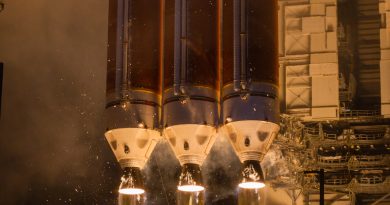
NASA's Zurbuchen Praises ULA Team For Textbook Launch
KENNEDY SPACE CENTER: Moments after the Parker Solar Probe was energy-positive, Thomas Zurbuchen, associate administrator of NASA’s Science Mission Directorate held an impromptu session with media gathered at the Kennedy Space Center Press Site.
Read More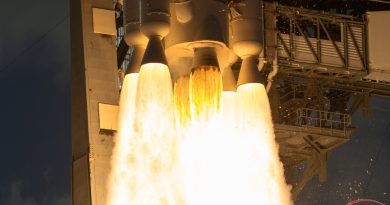
GOES-S to Assist Pacific Hurricane Hunters
A United Launch Alliance Atlas-V rocket lifted the GOES-S weather-tracking satellite to orbit. The launch occurred at the top of the launch window, 5:02 PM on March 1, 2018. The weather was perfect - the 45th Space Wing Weather Squadron announced a 0% probability of violating weather constraints. The rocket was flying with the extra-large fairing that is five meters in diameter instead of the usual four. Because of the mass of the satellite, four external solid rocket boosters were attached to the Atlas V to provide additional lift. Those extra engines provided a beautiful white trail of smoke as the rocket ascended.
Read More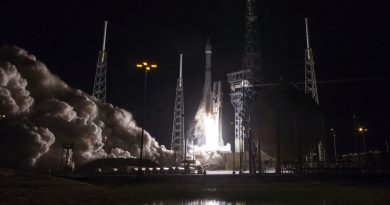
What Do SBIRS-GEO-3, Gemini VII and Bumper 7 All Have in Common?
An Atlas V rocket, flying in the 411 configuration lifted off from Cape Canaveral Air Force Station on Friday, January 19, 2018. The logo on the fairing clearly said SBIRS-GEO-4, but the satellite inside the fairing was the third Space-Based Infrared System Geosynchronous Earth Orbit (SBIRS-GEO-3) satellite off the production line. This isn't the first time that a mission launched out of sequence. Gemini-7 launched before Gemini-6. Bumper-8 launched before Bumper-7. And now, the 4th SBIRS-GEO launched one year before the third SBIRS-GEO.
Read More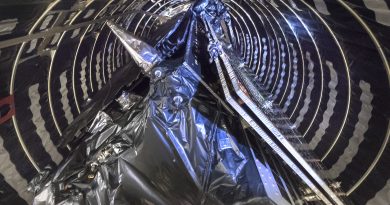
45th Space Wing Prepares for SBIRS GEO-4 Launch on January 18, 2018
CAPE CANAVERAL: The Air Force's Space Based Infrared System Geosynchronous Earth Orbit Flight-4 (SBIRS GEO-4) satellite completed encapsulation on January 9th at Cape Canaveral Air Force Station, Florida. Today, on January 10, 2018, GEO-4 will make the journey to Space Launch Complex-41, where it will be mated with its Atlas V-411 rocket. It is scheduled for launch on Jan. 18, 2018, at 7:52 p.m., Eastern.
Read More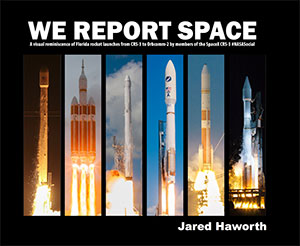
Stunning, full color photo book covering every east coast launch spanning 2014-2015, including the first-ever powered landing of a SpaceX Falcon 9 rocket.
More Info